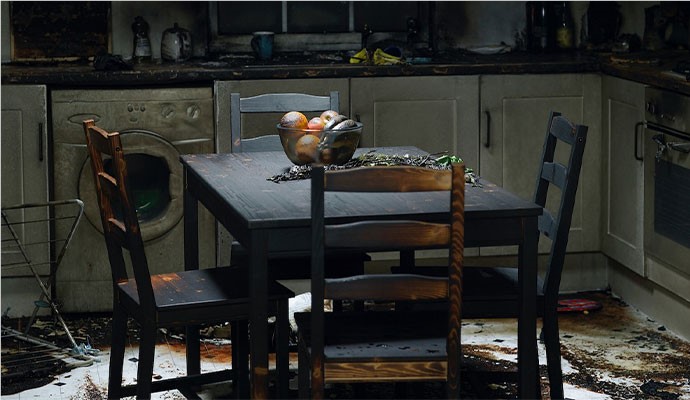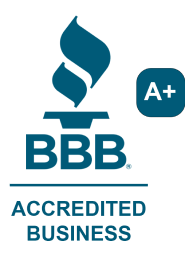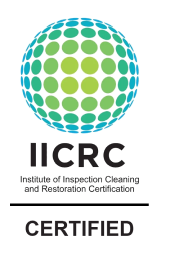
When most people think of fire damage, they think of the flames and smoke and odor associated with the fire. One thing that often gets forgotten is the ensuing damage from putting out the flames. Water damage after a fire is incredibly common and should always be properly mitigate.
Water Damage After a Fire
If a sprinkler system goes off to put out a fire, it releases approximately 8-24 gallons of water per minute. A fire hose releases anywhere from 80-125 gallons per minute. Needless to say, water damage after a fire is an issue. The problem with water damage is that it’s often less immediately apparent than the fire and smoke damage that has occurred. Water is tricky and likes to sneak into crevices and cracks and into other places it can’t be seen by the naked eye, which leads not only to direct water damage to the structure, but to possible hidden mold growth from the moisture.
- What to do for Water Damage after a Fire
- Make sure the home is safe. If the fire department was involved, they will let you know if and when your property is safe to enter.
- Notify your insurance provider as soon as possible. You’ll want to make haste with this step because any delays in mitigation will increase the likelihood of further damage.
- Contact a restoration professional. Your insurance provider may refer you to a company or you may choose one yourself as long as that restoration company holds the proper certifications and licenses. An IICRC-certified professional will help evaluate the extent of the damage and can coordinate the restoration efforts with your insurance company.
A Couple Things to Avoid
- Avoid using electronics and electric appliances until you’re sure that nothing is wet.
- Do not use a vacuum to suck up excess water. If you have a sump pump available, that can be used.
- Do not enter the home or a room that has structural damage.
A fire is a truly devastating event for any property owner, even more so when you realize the damage doesn’t end with the flames. Call a certified restoration professional and give yourself a little peace of mind while your property is being restored.
Subscribe to Innovative Restorations's Blog






Comments